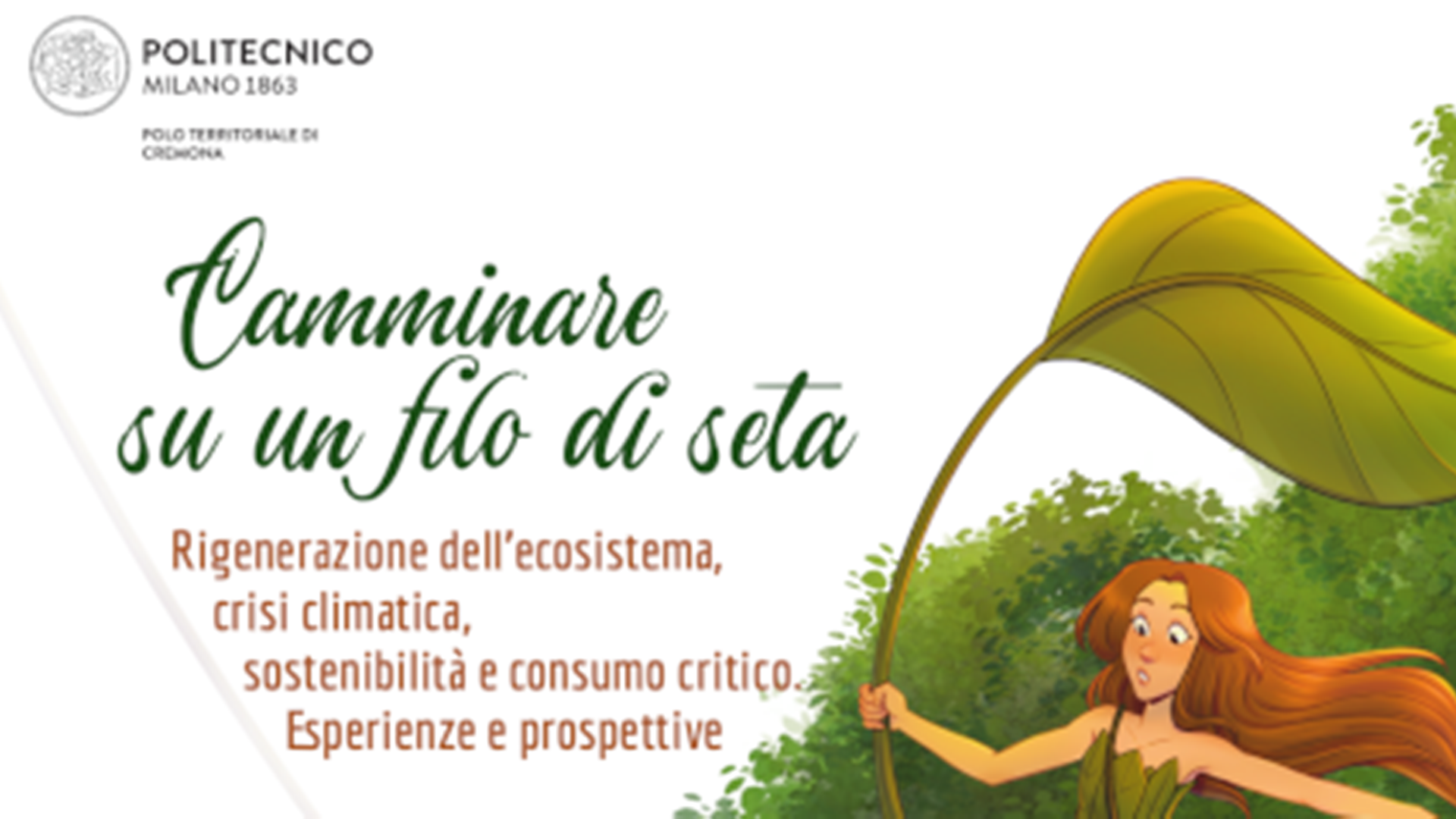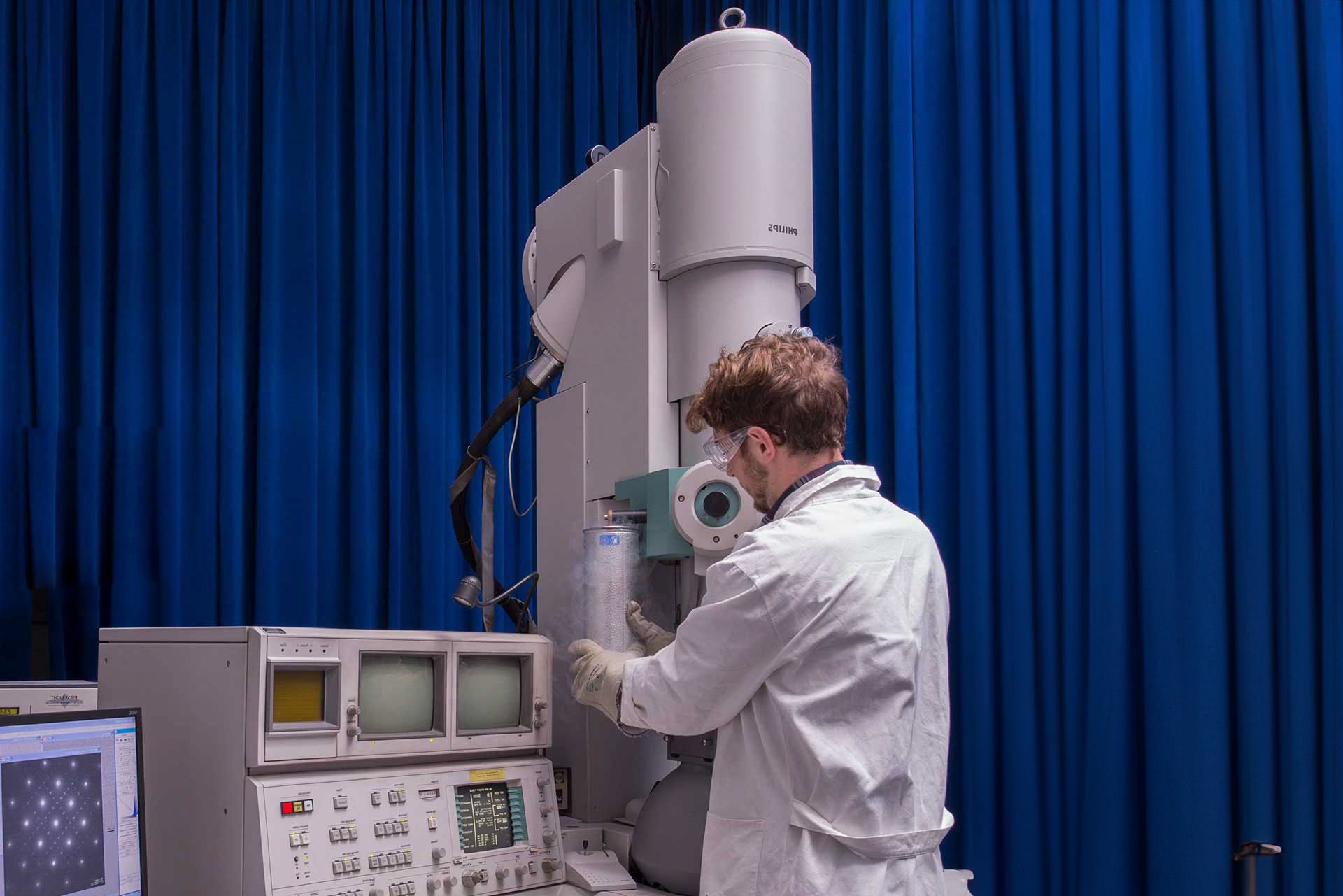Climi (Extra)Terrestri: cosa ci insegnano i climi degli altri mondi sul clima della terra

The seminar
Climi (Extra)Terrestri: cosa ci insegnano i climi degli altri mondi sul clima della Terra
Which worlds besides Earth could host Life? This question has taken on new significance considering the 5,599 planets orbiting other stars discovered in the past twenty years, in addition to the known planets of the Solar System. The answer to this question is tied to understanding the atmosphere and climate of these thousands of alien worlds. A climate that is too hot, like Venus', or too cold, like Mars', would prevent the development of Life. The physical laws governing these planets are the same as those governing our world, so we can adapt the tools we use to study Earth's climate and its changes to these celestial bodies. Earth's climate is no longer a unique case but one of many possible climates for a planet. Understanding the climate of extraterrestrial worlds allows us to better understand Earth's climate.
The speaker
Michele Maris
Senior Researcher at INAF (National Institute for Astrophysics), serving at the Astronomical Observatory of Trieste since 1997. Throughout his career, he has been involved in Observational Cosmology, following the ESA Planck mission, and shared the Gruber Prize for Cosmology in 2018 with other mission participants. He has also focused on the observational study of bodies in the Solar System, particularly the irregular satellites of Uranus and Neptune. Since 2010, he has been participating in activities related to Astrobiology at the Trieste Observatory, studying models of exoplanet atmospheres to determine their habitability and the limits to detecting potential biospheres. From the academic year 2023/24, he is responsible for the Astrobiology course at the PhD School of Astronomy at the University of Padua. He is a member of the Italian Astronomical Society and the Italian Society of Planetology, associated with the Institute for Fundamental Physics of the Universe in Trieste and ICRS in Bologna. He collaborates with the European Astrobiology Institute and the EAI Academy. He has authored approximately three hundred publications and has been involved in numerous outreach activities.
The image It is not a real photo because there are no photos of exoplanets. It is an illustration created by NASA in 2023, attempting to provide an idea of a possible exoplanet. In this case, the authors were inspired by Mars, speculating how Mars might have appeared if it had an ocean.
Time
20:45
-
Brochure (in italian)
3 MB

